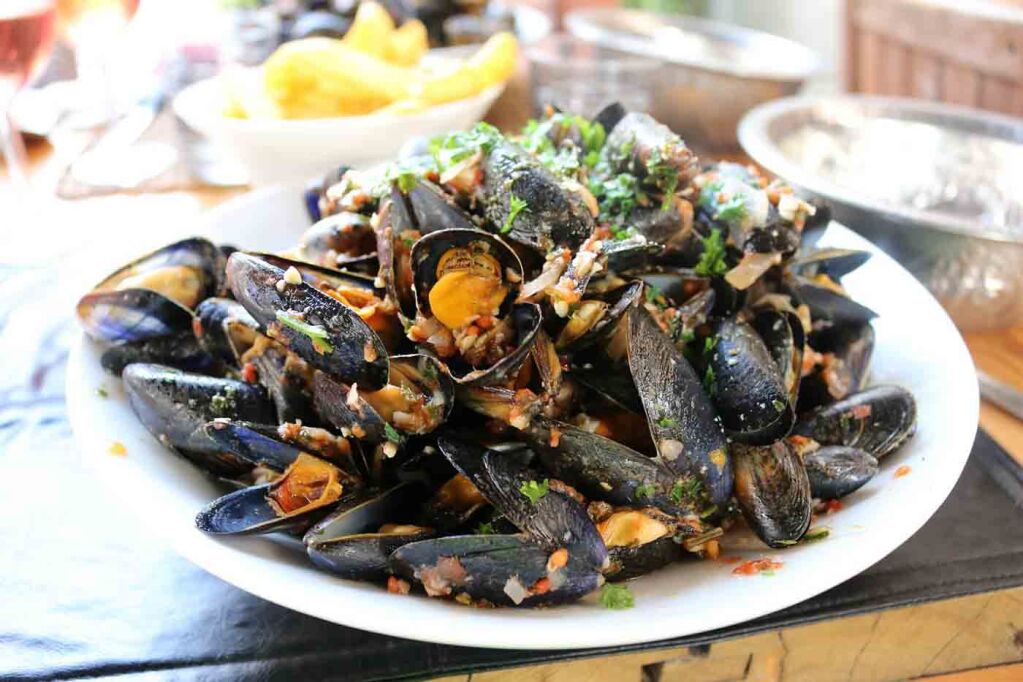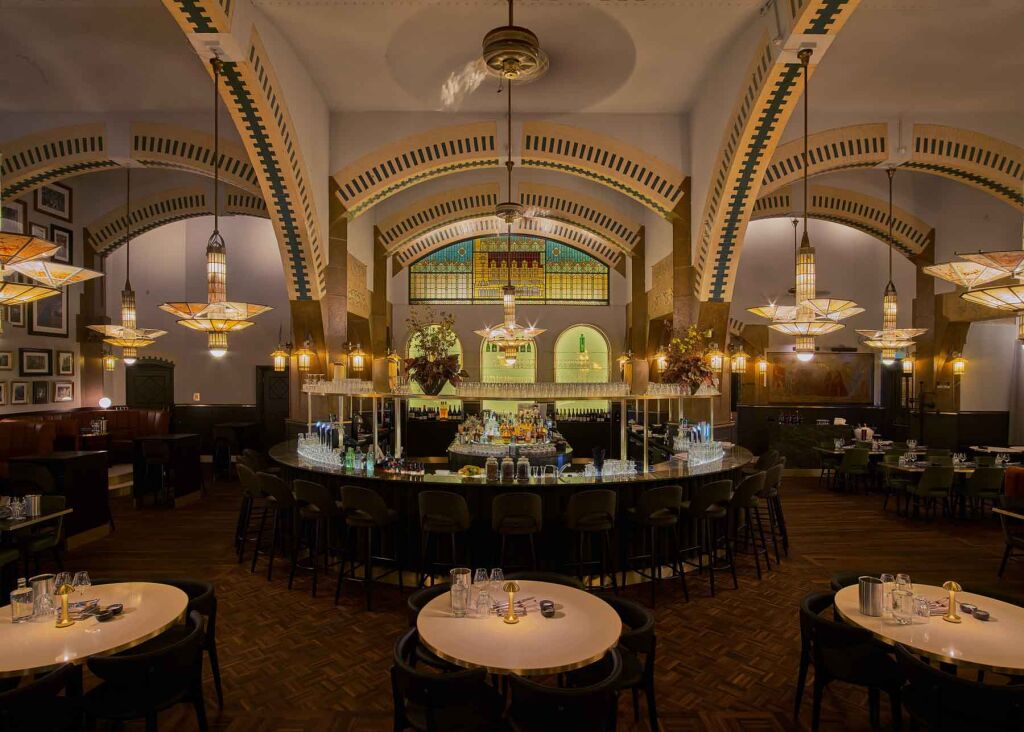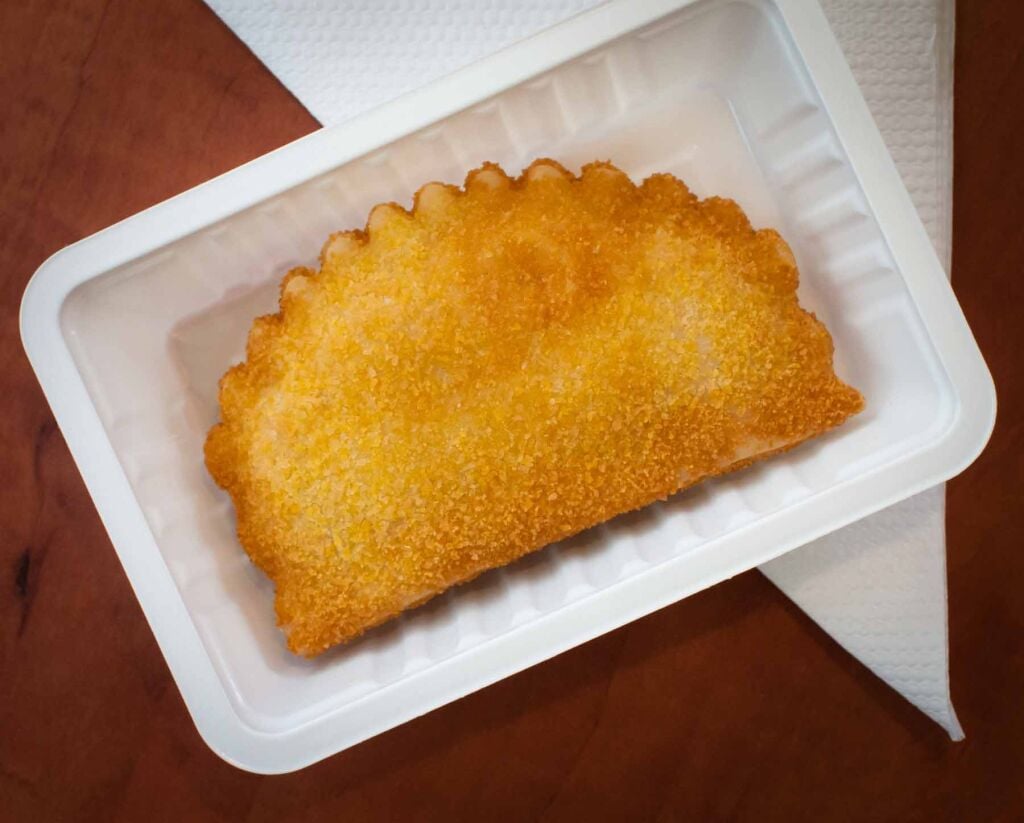Dutch cuisine offers something you can’t find anywhere else in Europe. From hearty dishes and sweet treats to seafood and savory snacks there are tons of opportunities to taste Dutch heritage on an Amsterdam food tour.
To help you hit the ground running, I thought I’d take a closer look at the structure of Dutch meals, and iconic dishes that embody the cuisine of the Netherlands.
The Structure of Dutch Meals
Dutch meals often have a structure that reflects the Netherlands’ pragmatic and no-fuss approach to dining. Understanding it a little bit better will help you stick out less like a tourist as you blend in with the locals.
Breakfast, known as “Ontbijt” is typically a light meal featuring bread with cheese, butter, or hagelslag chocolate sprinkles. People often drink coffee, tea, or fresh fruit juice.
Lunch often consists of sandwiches and soups. Quick snacks like broodje kroket, crispy meat-filled rolls are also common. These mid-day meals tend to be fast and less elaborate than the lavish, slow lunch experiences you find in countries like France and Italy.
Dinner, or “Avondeten” is the most substantial meal. There’s usually a large portion of roasted or braised meat, with potatoes, and vegetables. Stamppot of mashed potatoes mixed with greens is very common in the cold months of the year.
Iconic Dutch Dishes
You can expect to find some of the following iconic Dutch dishes on most traditional restaurant menus.
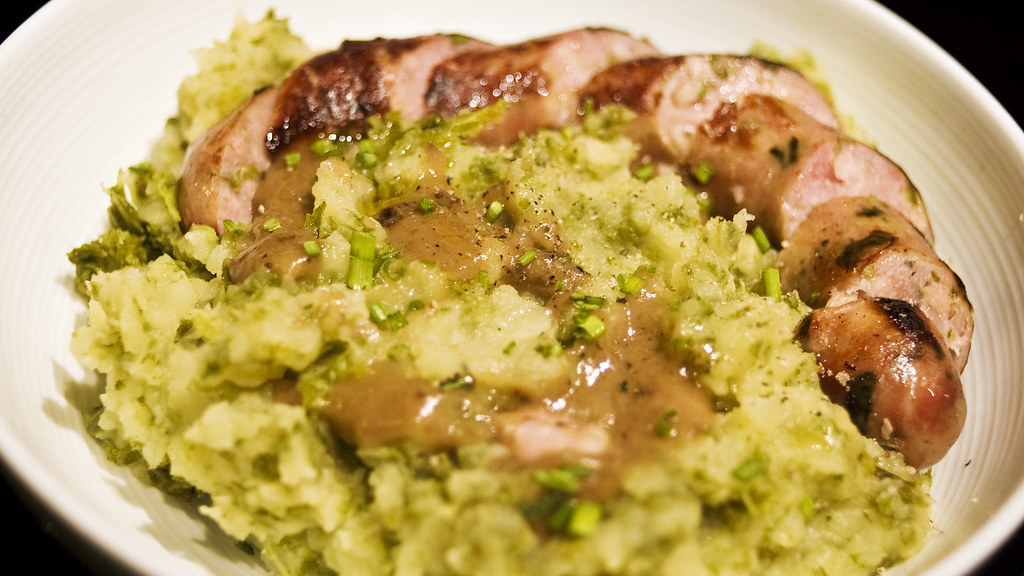
Stamppot is a classic Dutch comfort food of mashed potatoes mixed with vegetables like kale, sauerkraut, or carrots. You’ll often find it served with rookworst smoked sausage. It’s a winter staple that reflects the Netherlands’ traditional, no-nonsense approach to hearty meals.
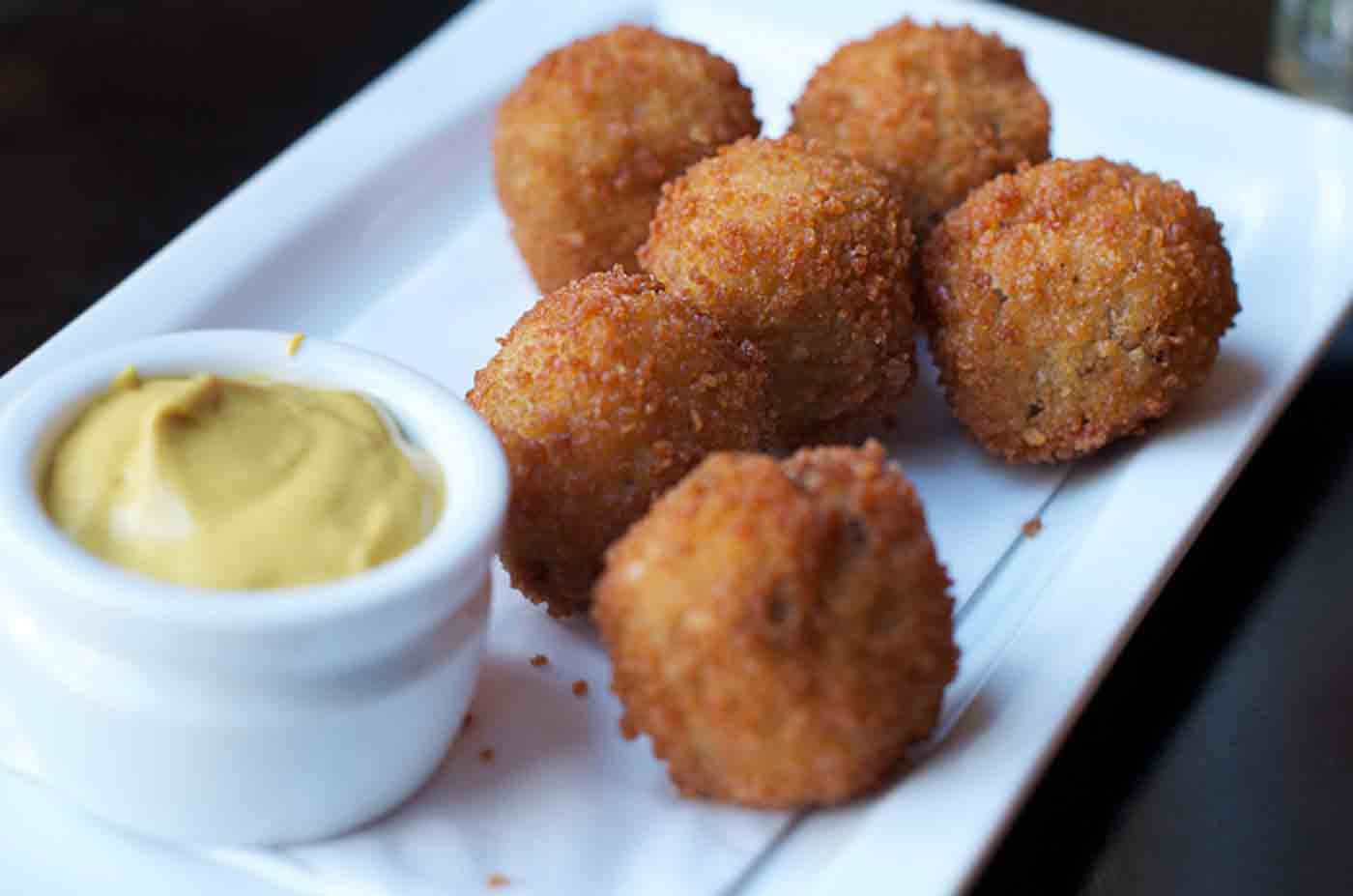
Bitterballen are crispy, deep-fried meatballs that are often served as a bar snack, but you’ll also find them in cafés and casual eateries. They’re often served with mustard, they pair perfectly with a cold Dutch beer.
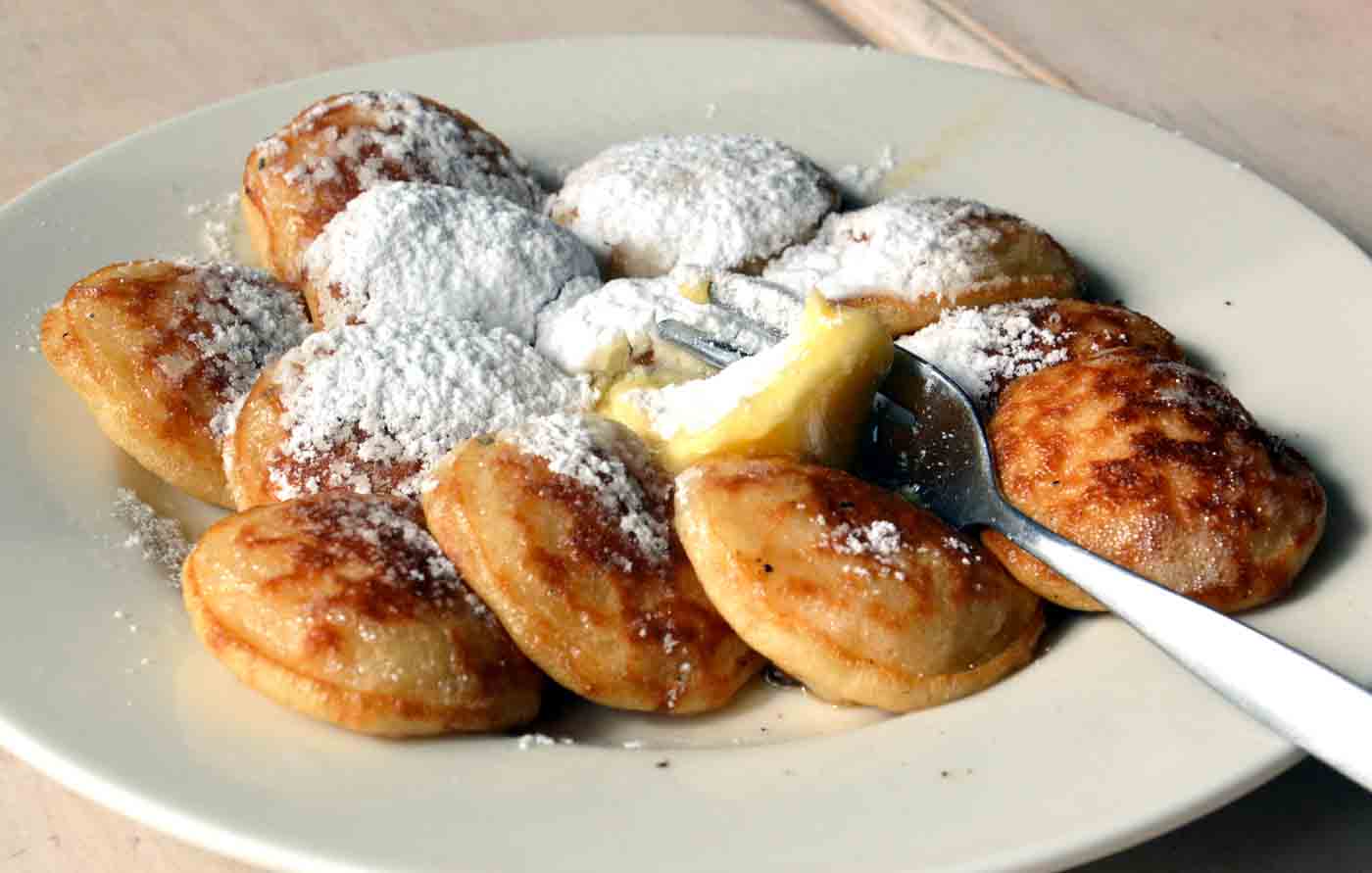
Poffertjes are fluffy little yeast-leavened buckwheat pancakes. They’re traditionally served with powdered sugar and butter as street food.
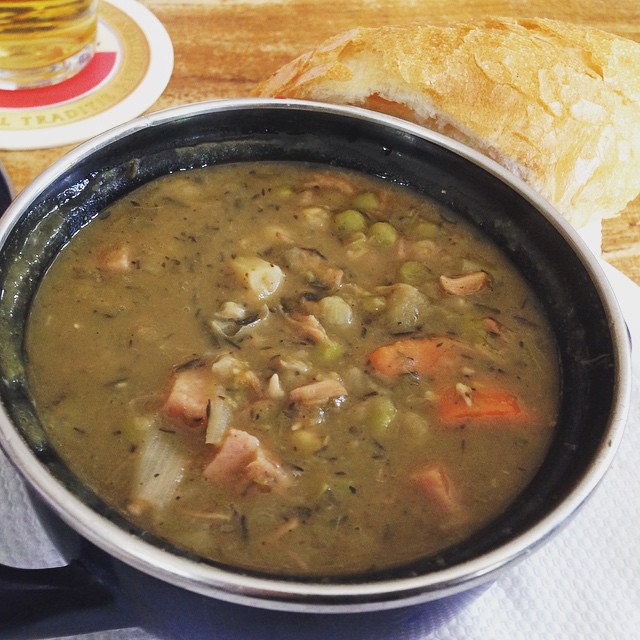
Erwtensoep is a thick split pea soup with small bits of pork, and vegetables. Some restaurants serve it with rookworst sausages. It’s a warming dish that is especially popular in winter.
Dutch Cheese: A National Treasure
The Dutch have a rich history of cheeses that is deeply ingrained in the food culture of Amsterdam.
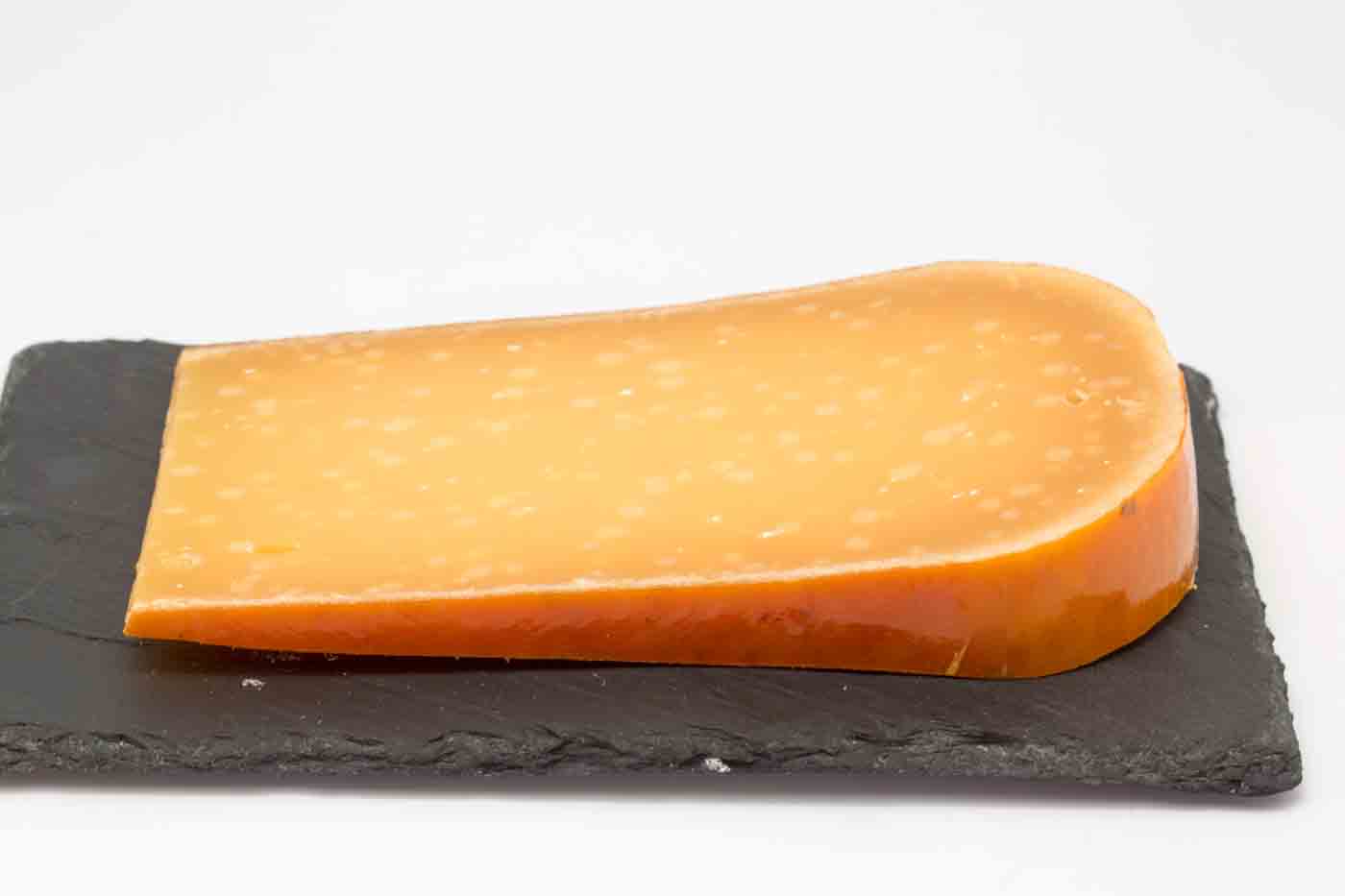
Gouda is the most famous Dutch cheese that you’ll find all over Amsterdam. It’s available in a variety of ages, from young and creamy to aged and crumbly with caramel-like notes. It’s a staple in Dutch cuisine, often found in sandwiches, cheese boards, and even melted into traditional dishes. So, be prepared to try several times to develop a deeper appreciation.
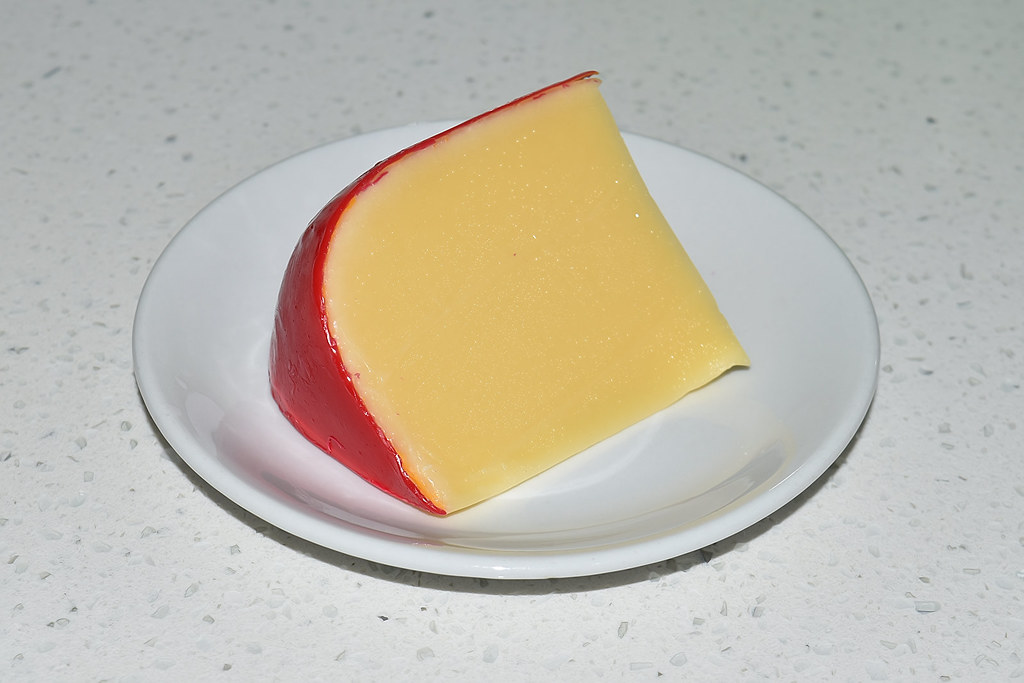
Edam is easily recognized by its round shape and red wax coating. It has a mild, slightly nutty flavor and a firm texture. It’s a popular choice for snacking and pairs well with fruit, making it a favorite at Amsterdam’s many cheese shops and markets.
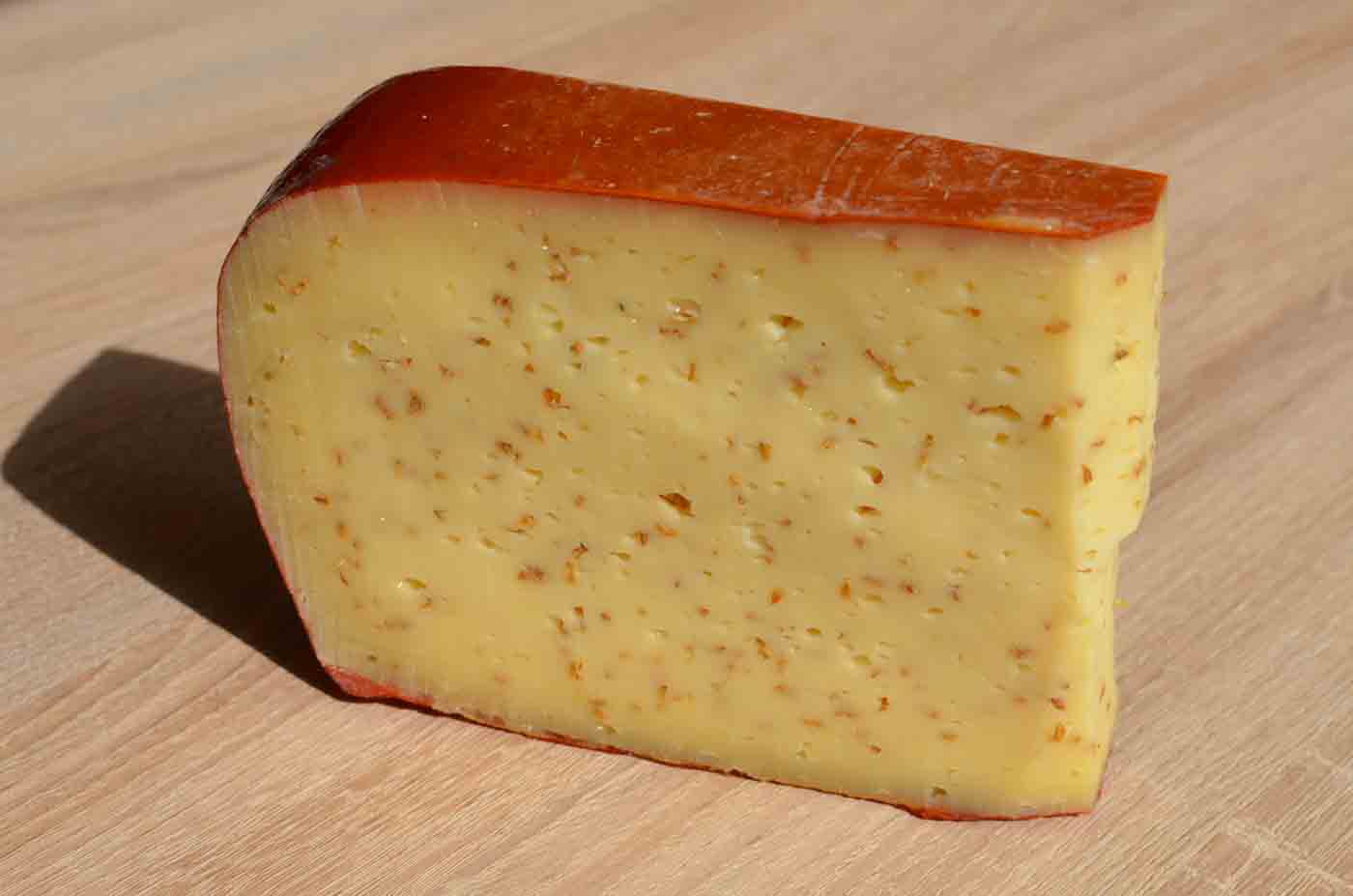
Leyden is a spiced cheese infused with cumin and caraway seeds. It has a distinctive, slightly tangy flavor that sets it apart from other Dutch cheeses. It’s often eaten with rye bread or as part of a borrel plank Dutch charcuterie board.
Sweet Dutch Treats
The streets of Amsterdam are flooded with iconic Dutch sweet treats that are worth trying as a quick snack or a tasty dessert.

Stroopwafels are thin, crispy waffle cookies sandwiched with a rich caramel syrup in the middle. They’re best enjoyed warm and fresh from a street market vendor. On cold days the local trick to keeping this dessert soft is to place it over top of a hot cup of coffee, cocoa or tea.
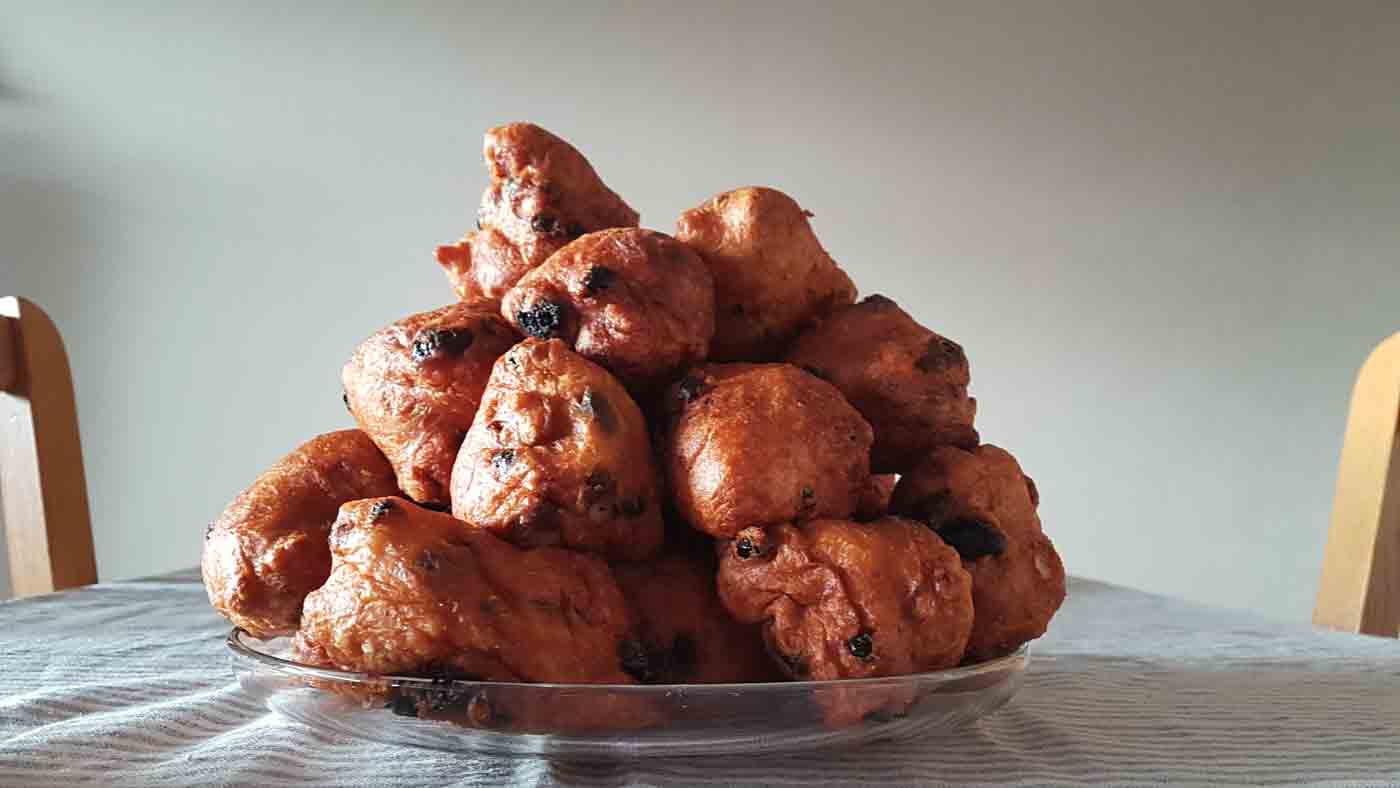
Oliebollen is typically enjoyed around New Year’s, these deep-fried dough balls resemble Dutch-style donuts. Dusted with powdered sugar, they come plain or filled with raisins and apples for extra sweetness.
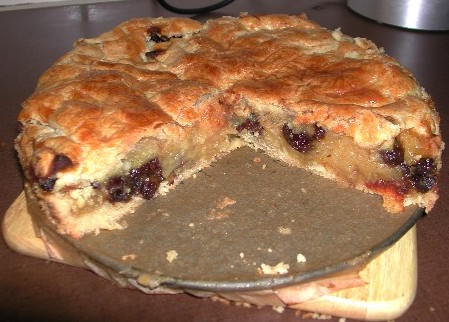
Appeltaart is essentially a Dutch apple pie with a thick, deep crust, and a filling of spiced apples. It’s usually topped with whipped cream.
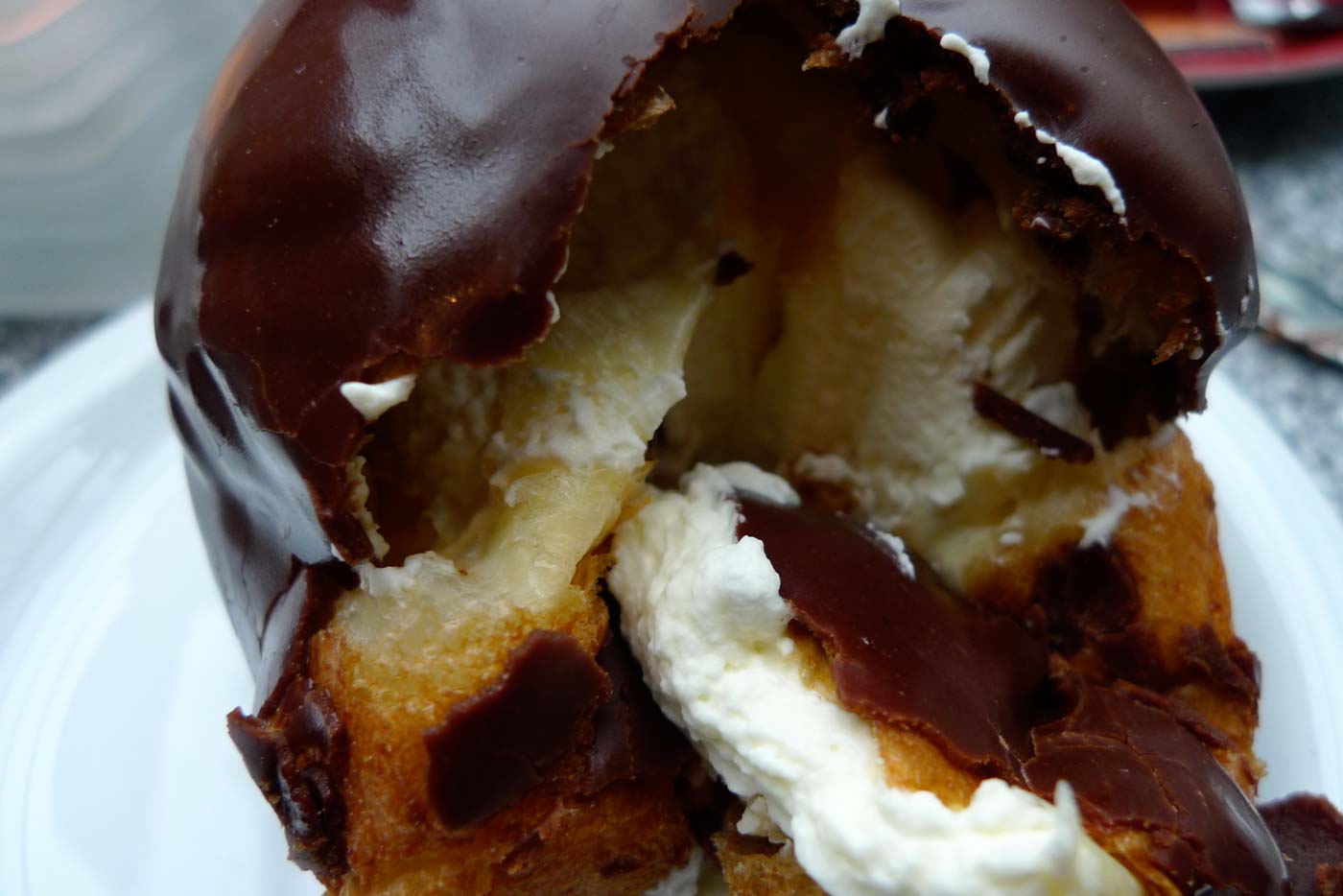
Bossche Bol is an oversized cream puff coated in rich dark chocolate. It’s a decadent pastry that pairs perfectly with a hot coffee. Just beware that it can be a little messy.
Dutch Style Fast Food And Savory Snacks
The following are some popular Dutch savory snacks and fast-food items you’re likely to run into on the streets of Amsterdam.
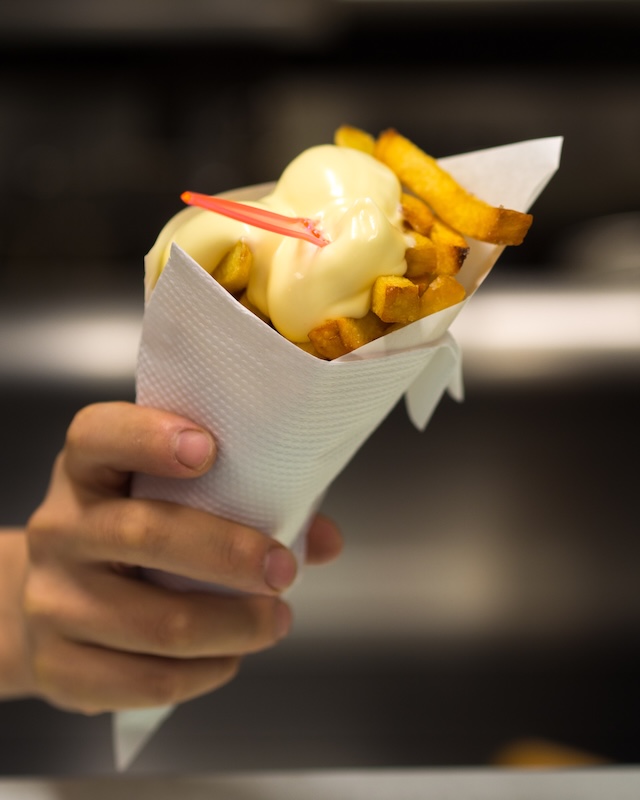
Patat Met are thick-cut, crispy Dutch French fries. They’re typically served in a paper cone with a generous dollop of mayonnaise instead of ketchup. Some creative bars and street food vendors will replace the mayo with unique toppings like oorlog peanut satay sauce, or a thick curry sauce.
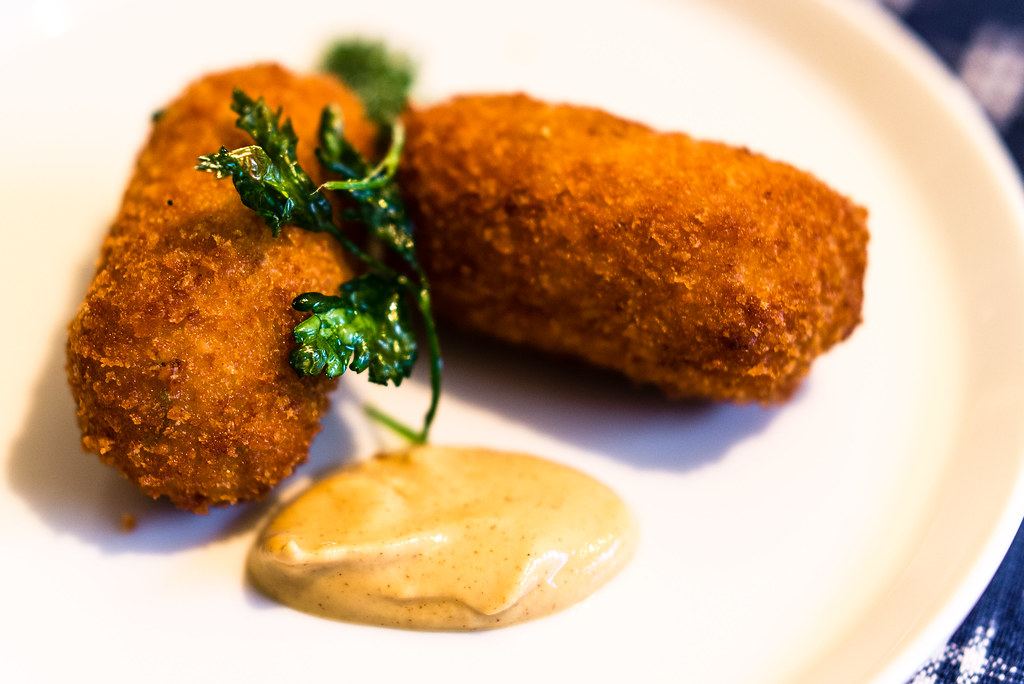
Kroketten are deep-fried, golden-brown croquettes filled with a rich, creamy ragout of beef, veal, or even vegetables. They’re a popular on-the-go snack served in a bun at cafes and vending machine-style automats.
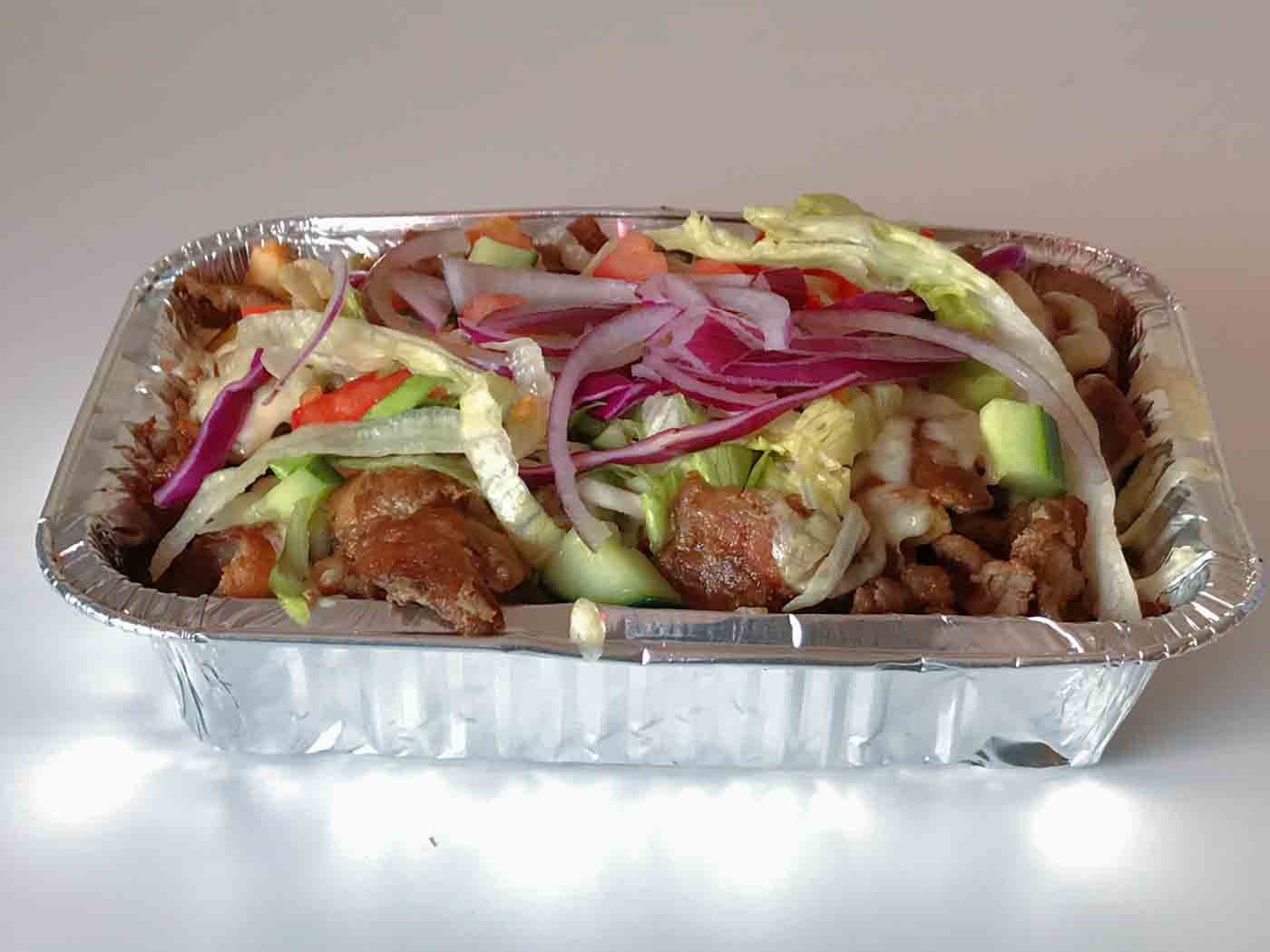
Kapsalon is a hearty -Turkish-inspired fusion dish with layers of crispy fries with döner or shawarma meat, and melted cheese, and is topped with fresh lettuce, tomatoes, and garlic sauce. It’s a late-night favorite in Amsterdam.
Seafood Favorites
The Dutch have a strong relationship with the sea, which is reflected in the popular seafood dishes of Amsterdam.
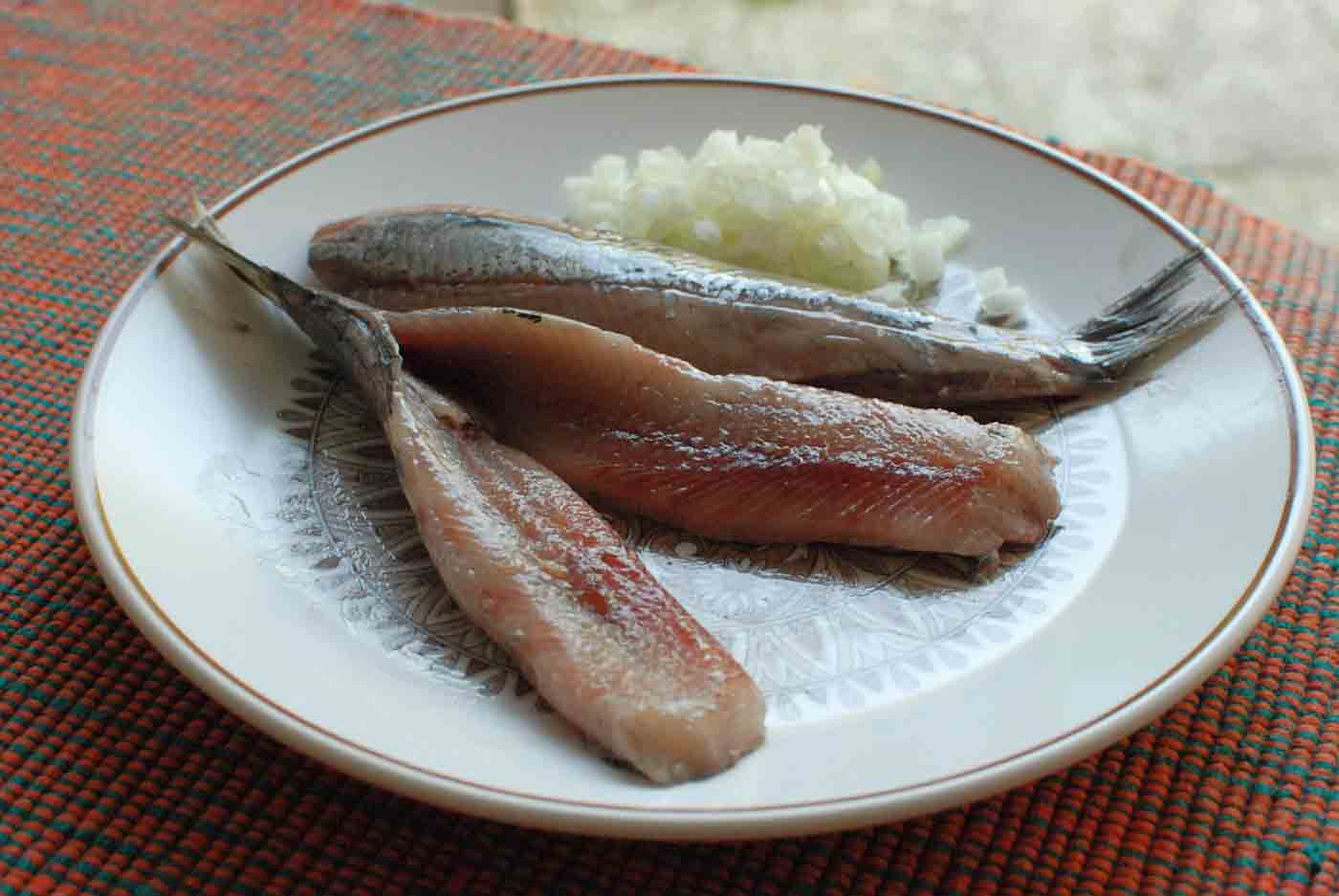
Haring are herring served with onions and pickles. Locals in Amsterdam typically eat them by holding the tail and taking a bite. They’re a salty, briny delicacy that is popular during the summer months.
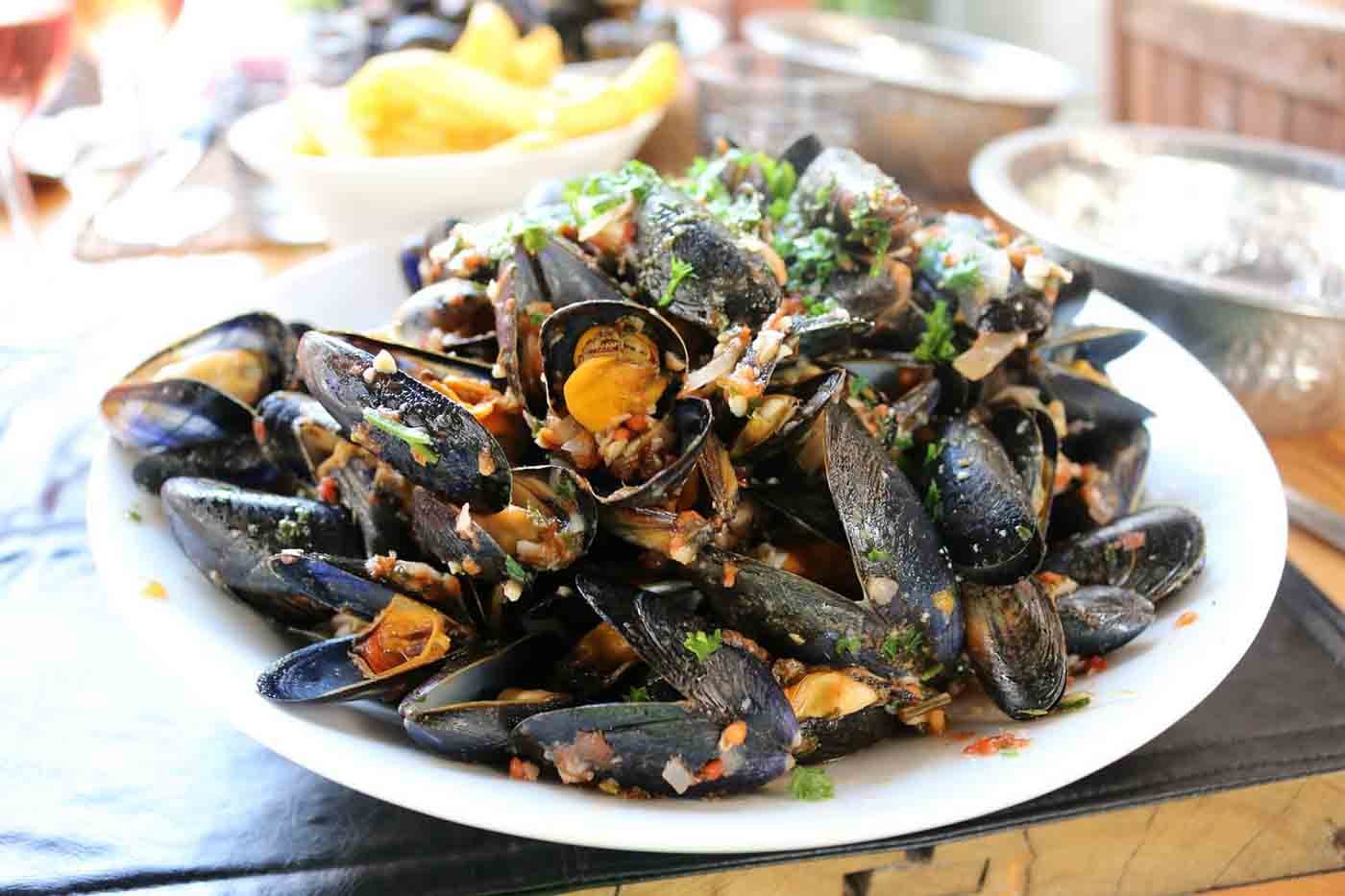
Mussels are a staple of Dutch coastal cuisine. They’re often steamed in white wine, garlic, and herbs, and served with fries and a side of mustard or mayonnaise. Mussels are most popular in Amsterdam’s seafood restaurants from July to April.

Kibbeling are crispy, battered pieces of fish bites. They’re usually made with cod or haddock and served with a tangy garlic or remoulade sauce.
Indonesian Flavors in Dutch Cuisine
The Dutch have historically deep roots in Indonesia and other parts of Southeast Asia, which continue to inspire the cuisine of Amsterdam.
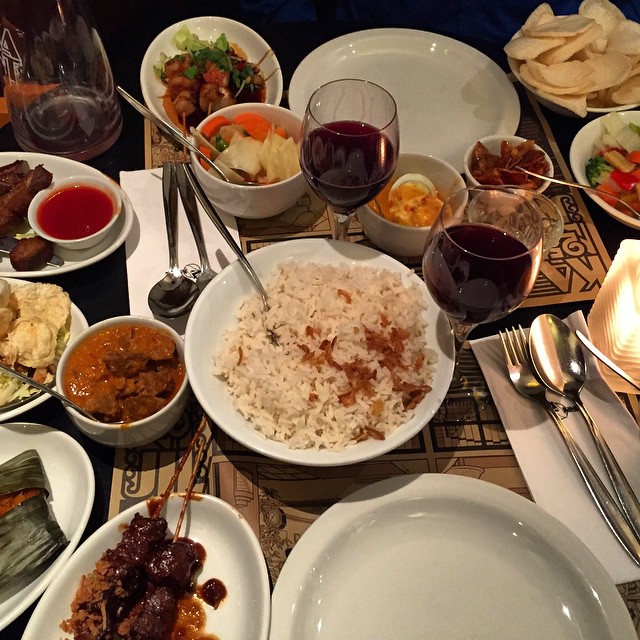
Rijsttafel is an Indonesian-inspired Dutch specialty that you often find at rijsttafel rice tables. It consists of a spread of small dishes like satay, rendang, and sambal.
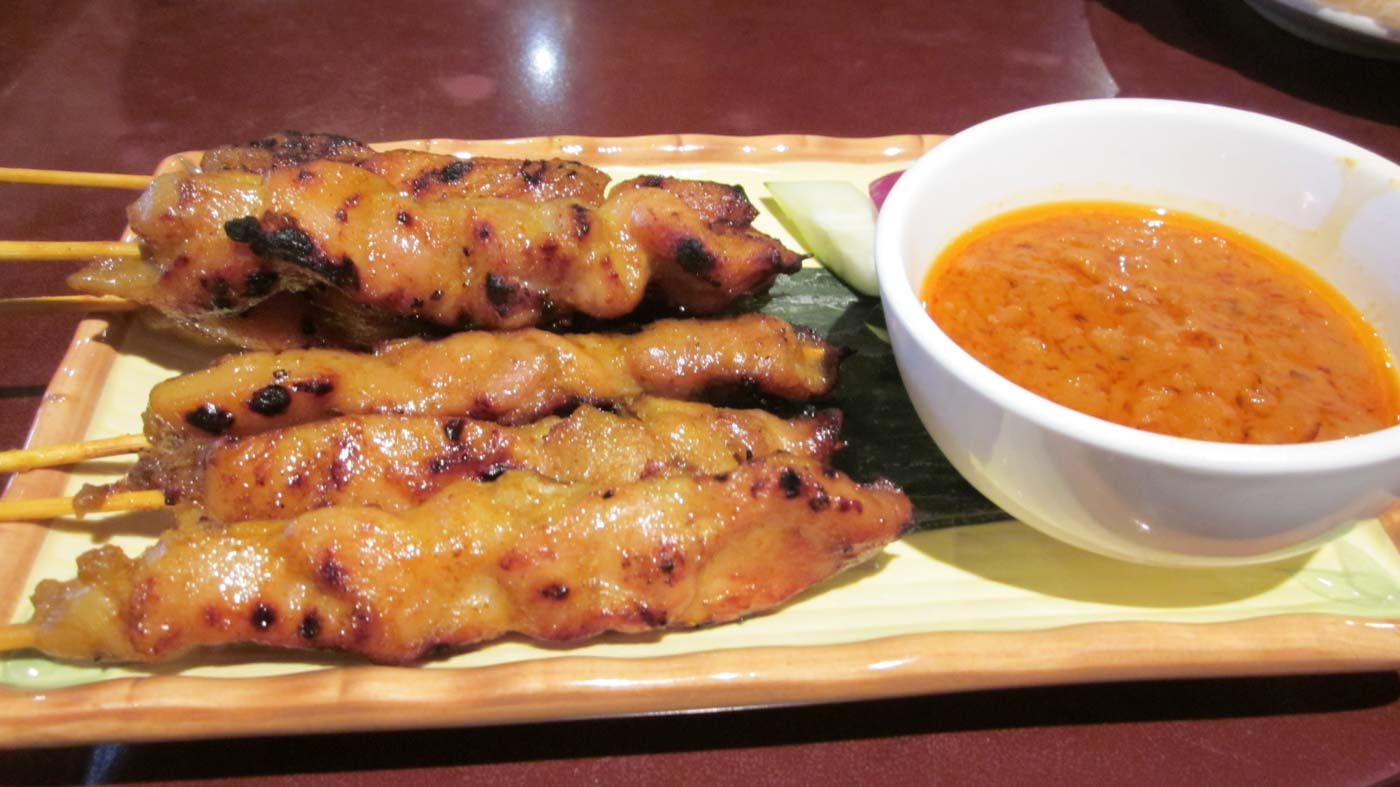
Satay in Amsterdam is marinated, skewered chicken or pork that’s grilled to perfection. Then served with rich and creamy peanut sauce. Found in Amsterdam’s Indonesian restaurants and snack bars.
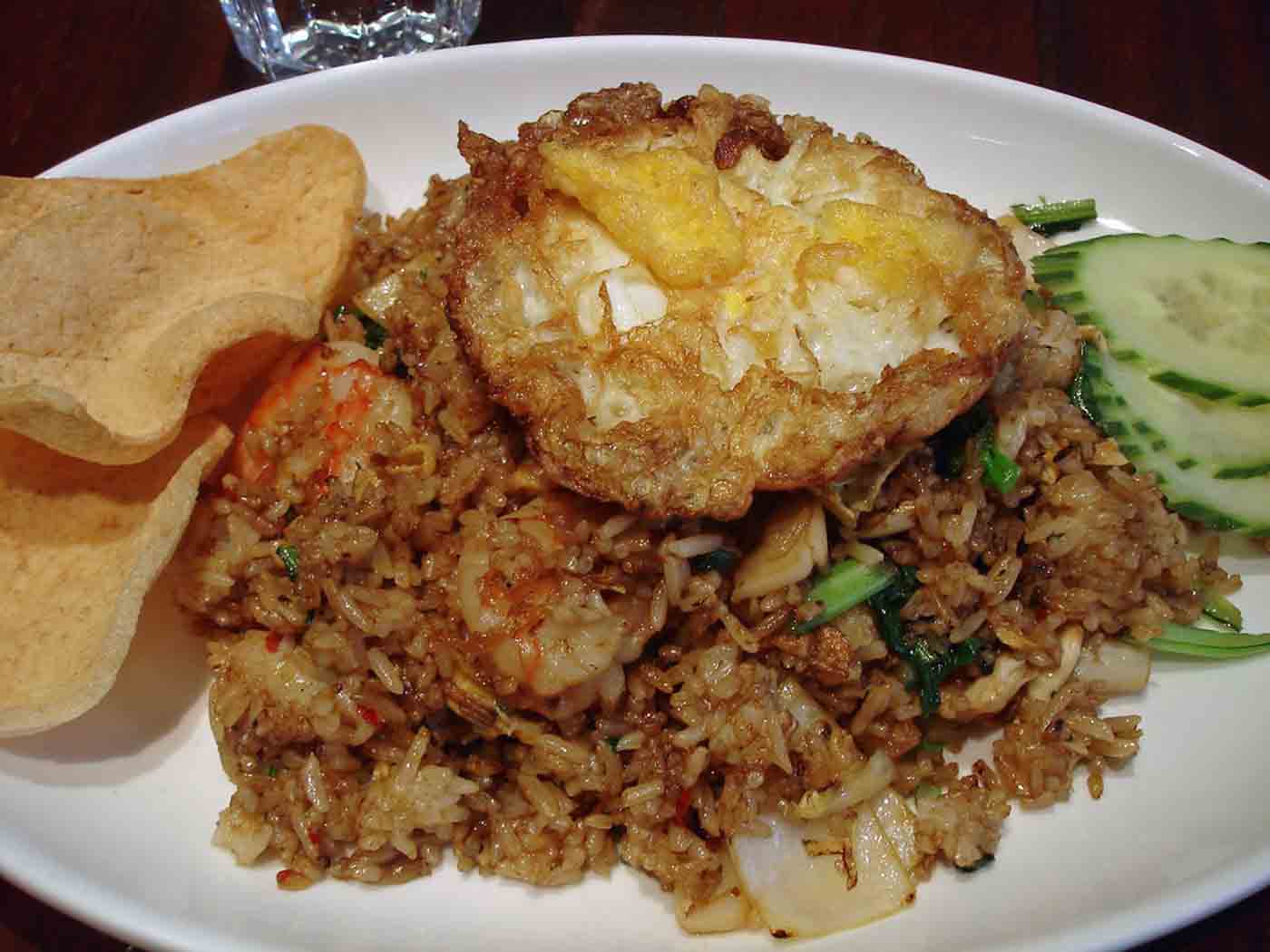
Nasi Goreng is a fragrant Indonesian fried rice dish, often stir-fried with vegetables, egg, and spiced meat or shrimp, and is a staple in Amsterdam’s many Indonesian eateries.
Foods for Special Occasions
There are some traditional Dutch foods you see more often on holidays and special occasions.
Oliebollen are essentially deep-friend doughnut holes dusted with powdered sugar. They’re often served during the holiday season and New Year’s Eve.

Kerststol is a spiced Christmas bread filled with dried fruits and marzipan, and is enjoyed during the holiday season.
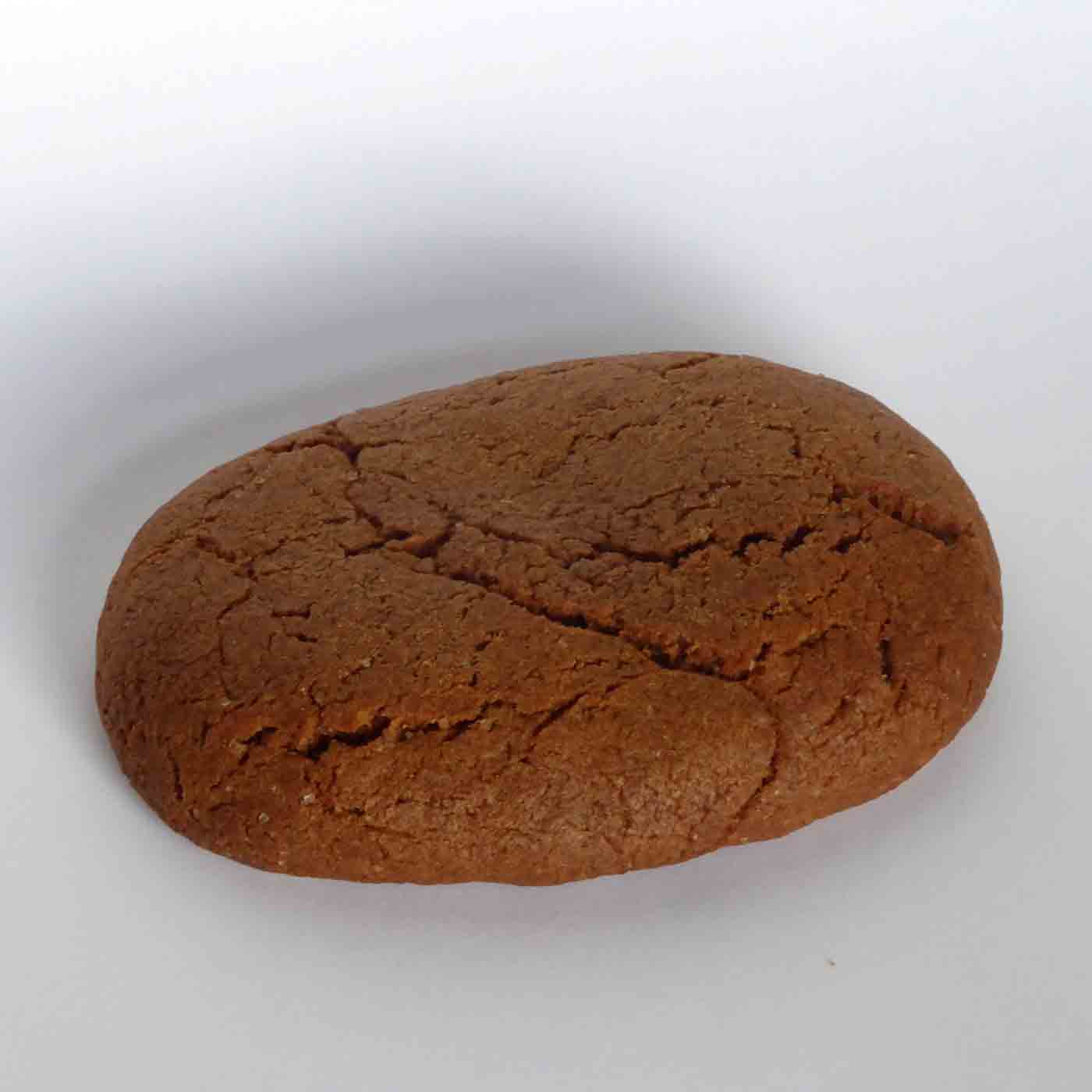
Speculaas cookies are made with a warm spice blend, and are popular during Sinterklaas celebrations in December.
Sources:
Eating Europe. (n.d.). Amsterdam food tours. Retrieved March 17, 2025, from https://www.eatingeurope.com/amsterdam/
Tofu Bud. (n.d.). Tofu Bud. Retrieved March 17, 2025, from https://tofubud.com/blogs/dinner-recipes/how-to-make-tofu-taste-like-chicken
Holland. (n.d.). Holland. Retrieved March 17, 2025, from https://www.holland.com/global/tourism/discover-the-netherlands/visit-the-cities/amsterdam
Britannica. (n.d.). Britannica. Retrieved March 17, 2025, from https://www.britannica.com/place/Indonesia/Growth-and-impact-of-the-Dutch-East-India-Company

